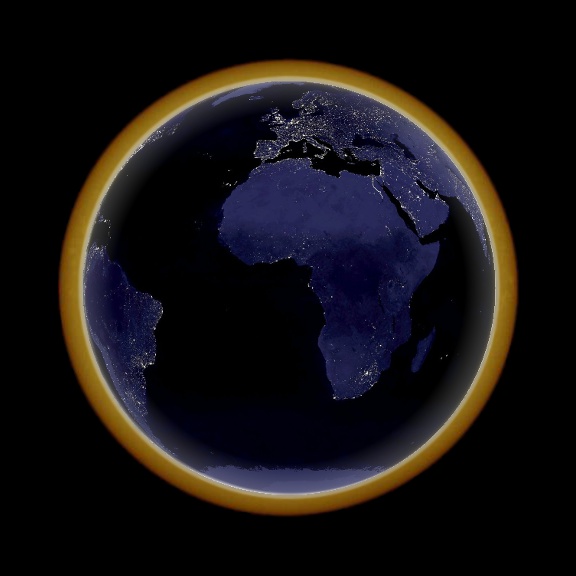הָאֵל בְּתַעֲצֻמוֹת עֻזֶּךָ | ha-El b'Taatsumōt Uzekha, in its Latin translation by Johann Stephan Rittangel (1644)
Source Link: https://opensiddur.org/?p=36437
open_content_license: Creative Commons Attribution-ShareAlike (CC BY-SA) 4.0 International copyleft license date_src_start: -0200-00-00 date_src_end: 0400-00-00 languages_meta: [{"name":"Hebrew","code":"heb","standard":"ISO 639-3"},{"name":"Latin","code":"lat","standard":"ISO 639-3"}] scripts_meta: [{"name":"Latin","code":"Latn","standard":"ISO 15924"},{"name":"Hebrew (Ktav Ashuri)","code":"Hebr","standard":"ISO 15924"}] Date: 2021-03-21
Last Updated: 2025-07-05
Categories: Psuqei d'Zimrah/Zemirot l'Shabbat ul'Yom Tov, Hallel
Tags: Latin translation, האל בתעצימות ha-El b'taatsumōt
Excerpt: The text of the short prayer ha-El b'Taatsumōt Uzekha in Hebrew with a Latin translation. . . .
Content:
| Source (Hebrew) |
Translation (Latin) |
|
הָאֵל בְּתַעֲצֻמוֹת עֻזֶּךָ,
הַגָּדוֹל בִּכְבוֹד שְׁמֶךָ,
הַגִּבּוֹר לָנֶצַח וְהַנּוֹרָא בְּנוֹרְאוֹתֶיךָ,
הַמֶּלֶךְ הַיּושֵׁב עַל כִּסֵּא רָם וְנִשָּׂא.
|
Deus fortis in viribus fortitudinus tuæ,
magnus in gloria nominis tui,
fortis in æternum; & formidandus in formidabilitatibus tuis:
Rex sedens in solio excelso & elevato,
|
This is the short prayer, ha-El b’Taatsumōt Uzekha, in its Latin translation by Johann Stephan Rittangel as found in his translation of the Pesaḥ seder haggadah, Liber Rituum Paschalium (1644). “haEl b’Taatsumōt Uzekha” is part of the Birkat haShir and always follows after “Nishmat” and before “Shokhen Ad.” Macy Nulman in his Encyclopedia of Jewish Prayer (1992) notes the short passage is written in the style of Eleazar haQalir and is based on the verse in Deuteronomy 10:17.
Transcription of the Latin by Isaac Gantwerk Mayer, and of the Hebrew by Aharon Varady. Unfortunately, my Latin is not sufficient for completing a secondary translation. If you can make one, please contact us.
Source(s)
Contributor: Unknown
Co-authors:
-

Name: Johann Stephan Rittangel (Latin translation)
Bio: Johann Stephan Rittangel (Latin: Rittangelius) (b.1606 Forscheim near Bamberg – d. 1652 Königsberg ) was a Christian Hebraist. Born Jewish, he later converted to Catholicism, and later to Calvinism and Lutheranism. In 1640, Rittangel was appointed professor of Oriental languages at the University of Königsberg (Prussia). In 1641, Rittangel visited a community of Karaite Jews in Trakai, before traveling to London and then to the Dutch Republic where, in Amsterdam, he taught Hebrew and possibly identified, for a time, as a Jew. In July 1642 he left the Low Countries to go to Königsberg, where he spent the rest of his life until his death in 1652. He obtained a Hebrew manuscript of the Sefer Yezirah through the Mennonite merchant Gerebrand Anslo, for a translation into Latin in 1642 ( Liber Jezirah qui Abrahamo Patriarchae adscribitur). In 1644, he published his Latin translation of the Passover Haggadah. He made one of the earliest translations of Jewish prayers, under the title Hochfeyerliche Sollennitaeten, Gebethe und Collecten Anstatt der Opfer, Nebst Andern Ceremonien so von der Jüdischen Kirchen am Ersten Neuen-Jahrs-Tag Gebetet und Abgehandelt Werden Müssen, Königsberg, 1652. His posthumous work Bilibra Veritatis was written to substantiate the claim that the Targums prove the doctrine of the Trinity. This is also the subject of his Veritas Religionis Christianæ (Franeker, 1699).
Website: https://en.wikipedia.org/wiki/Johann_Stephan_Rittangel
Profile Link: https://opensiddur.org/profile/johann-stephan-rittangel
-

Name: Unknown
Bio: Sometimes the best we can do in attributing a historical work is to indicate the period and place it was written, the first prayer book it may have been printed in, or the archival collection in which the manuscript was found. We invite the public to help to attribute all works to their original composers. If you know something not mentioned in the commentary offered, please leave a comment or contact us.
Website:
Profile Link: https://opensiddur.org/profile/unknown
-

Name: Aharon N. Varady (transcription)
Bio: Aharon Varady (M.A.J.Ed./JTSA Davidson) is a volunteer transcriber for the Open Siddur Project. If you find any mistakes in his transcriptions, please let him know. Shgiyot mi yavin; Ministarot naqeni שְׁגִיאוֹת מִי־יָבִין; מִנִּסְתָּרוֹת נַקֵּנִי "Who can know all one's flaws? From hidden errors, correct me" (Psalms 19:13). If you'd like to directly support his work, please consider donating via his Patreon account. (Varady also translates prayers and contributes his own original work besides serving as the primary shammes of the Open Siddur Project and its website, opensiddur.org.)
Website: https://aharon.varady.net
Profile Link: https://opensiddur.org/profile/aharon-varady-transcription
-

Name: Isaac Gantwerk Mayer (translation)
Bio: From a family of musicians, Isaac Gantwerk Mayer believes that creative art is one of the most powerful ways to get in touch with the divine. He composes music and poetry in Hebrew and English. (He also authors his own original works and transcribes Hebrew and Aramaic text, adding niqqud and t'amim as needed.) Isaac runs a Jewish music transcription service, which will transcribe and set any Jewish music in any language, recorded or written. Contact his service on Facebook or via his music blog.
Website: https://igmjewishcreativeworks.com
Profile Link: https://opensiddur.org/profile/isaac-gantwerk-mayer-translation
Featured Image:

Title: Sun-behind-Earth-seen-from-L2
Caption: The Sun behind the Earth as seen from the Sun-Earth L2 point on 27th of September, 2010. This image is highly idealized: the Sun appears too dim, the Earth too bright, and the Earth's atmosphere is too thick, with the cloud cover removed. A human observer at the L2 point would only be able to see the blinding white annulus of the Sun. (credit: Melikamp, license: CC-BY-SA 3.0 Unported)




